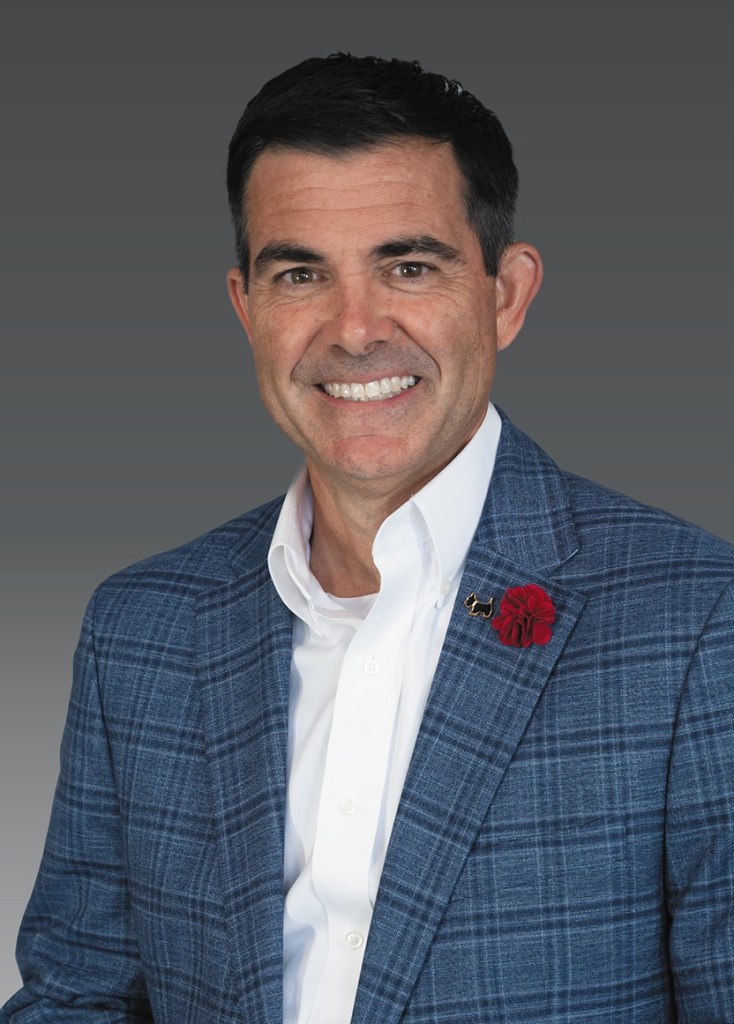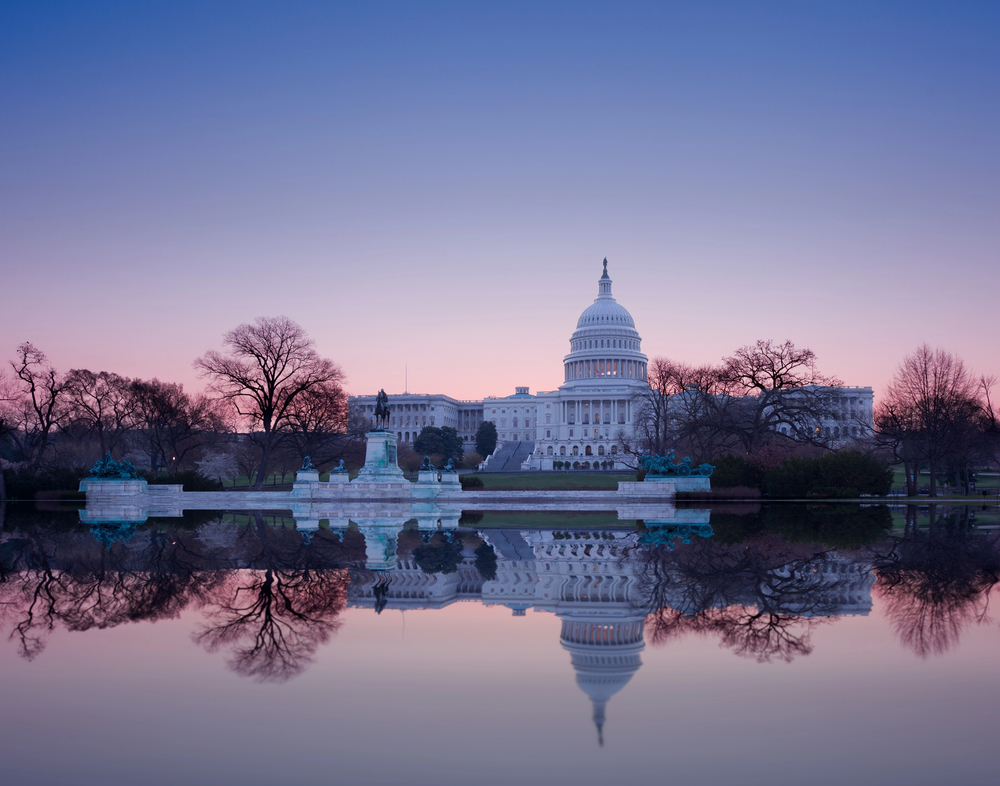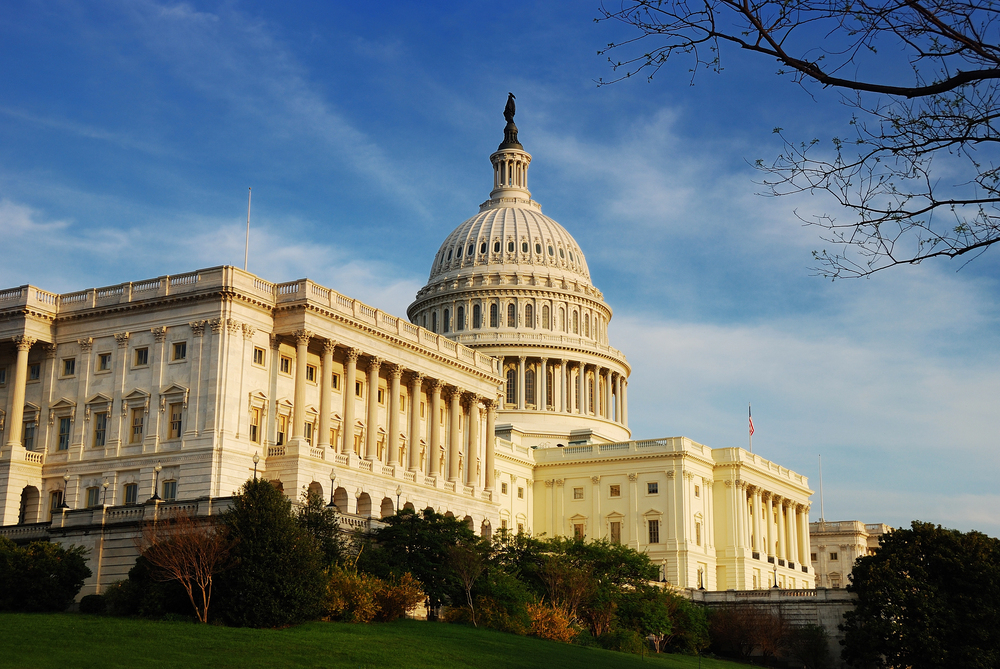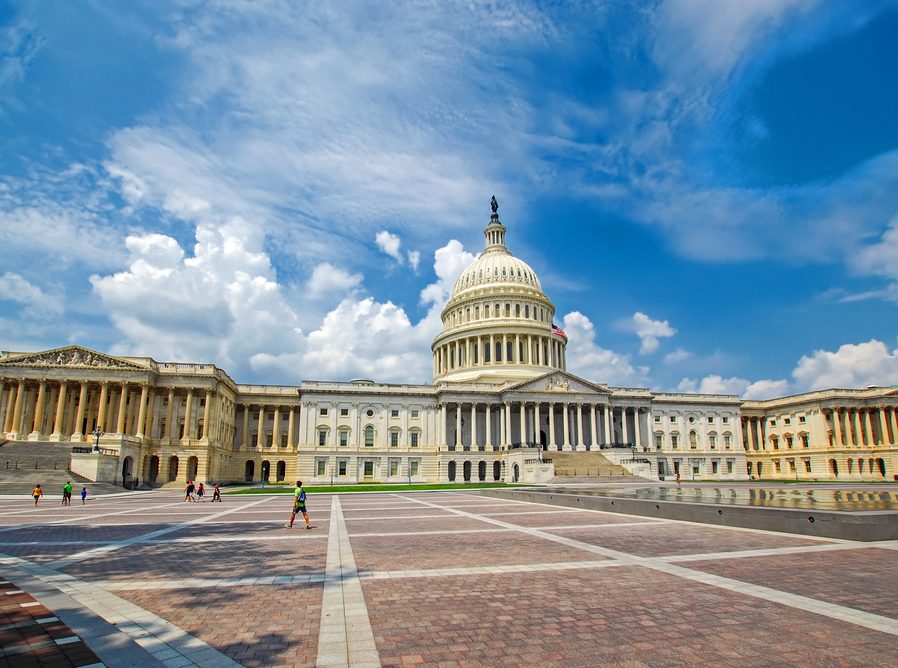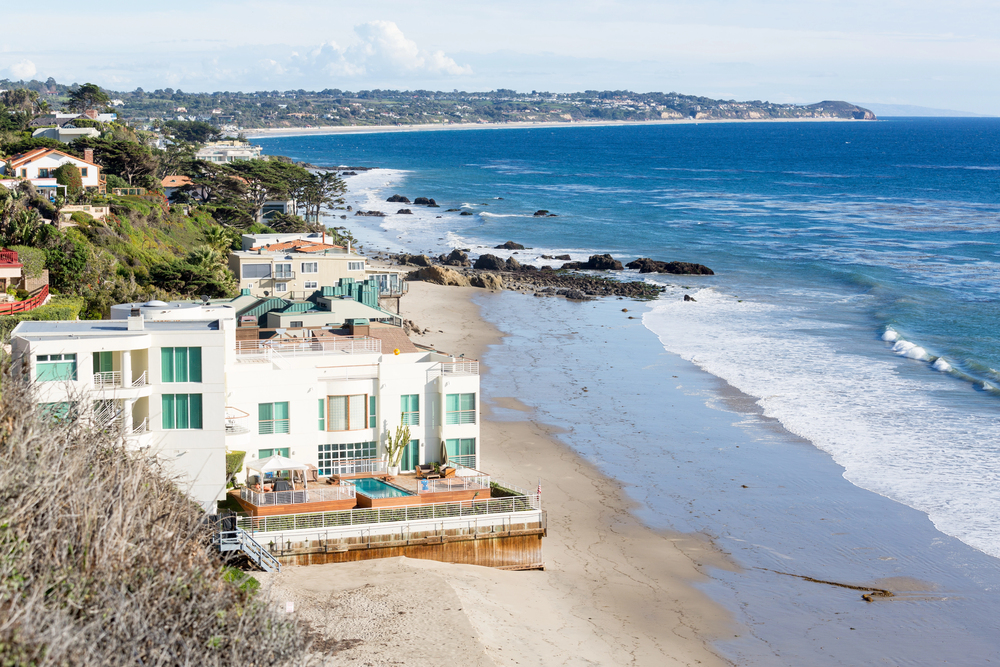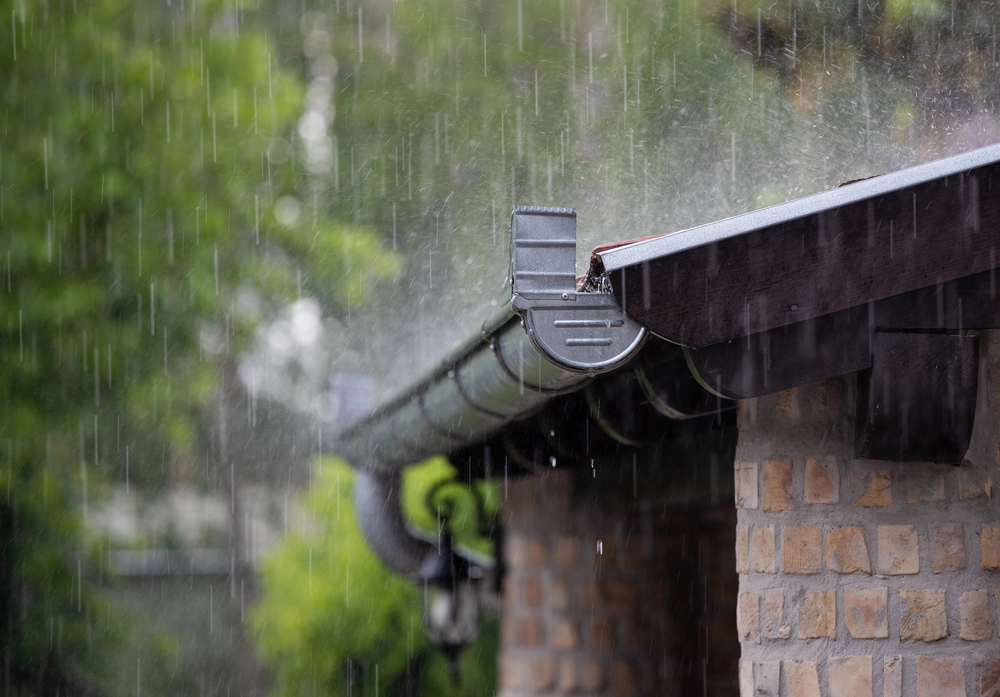How Independent Insurance Agents Are Making Communities More Resilient

In 2024, natural catastrophe losses in the U.S. totaled $112.8 billion, according to Aon. Meanwhile, from 2017 to 2024, the annual average for insured losses from natural catastrophes was even higher—$146 billion—according to GallagherRe.
Insured losses for the first quarter of 2025—the latest results available at the time of publication—are estimated at $50 billion, a sharp increase from about $19 billion during the same period the previous year, according to Fitch Ratings.
A significant portion of the first quarter’s losses were caused by the Palisades and Eaton wildfires in California in January 2025, accounting for approximately $38 billion in losses, with the remainder primarily attributable to severe convective storms. These losses offset growth in net earned premiums, resulting in a $1.1 billion net underwriting loss, according to AM Best.
As catastrophe risks grow more all-encompassing and severe, independent insurance agents are helping their clients weather the storm—literally. From transforming how they quote and place property coverage to proactively guiding insureds through mitigation strategies, agents are stepping up to protect their communities and advocate for a more resilient future.
Property Insurance Volatility Is the New Normal
The property insurance market has entered a new era of complexity. While the broader insurance market may be seeing signs of softening, catastrophe-prone areas remain locked in a prolonged state of volatility.
U.S. p&c insurers recorded an underwriting gain of $24.8 billion in 2024, showing significant improvement compared to the underwriting loss of $21.8 billion recorded in 2023, according to Verisk and the American Property Casualty Insurance Association (APCIA).
However, “even though the macro property market has been moderating in 2025, which is encouraging for our agents, natural catastrophe remains very difficult to place,” says Jeff Zehr, senior vice president of underwriting, admitted business, Church Mutual. “The rise in frequency and severity of catastrophe claims has created a market that is incredibly dynamic, complex and ever changing.”
More From the August Issue
As 2025’s catastrophes threaten to undermine the positive progress in the overall p&c marketplace, “catastrophe capacity remains limited and underwriting scrutiny is higher than ever before—higher than I’ve seen in my 25-plus year career,” Zehr adds.
The impact of catastrophes reaches beyond cyclical market trends, emphasizes Ethan Aumann, senior director, environmental issues and resiliency, American Property Casualty Insurance Association (APCIA). “The impact of catastrophes, particularly rising losses from secondary perils—severe convective storms, hail, flood, wildfire—is increasingly understood to be a long-term trend, rather than purely cyclical,” he says.
Many factors contribute to rising catastrophe losses, Aumann says. “Migration trends have led to more people and buildings in higher-risk areas,” he says. “Insurance costs, which are a direct reflection of the costs to repair and rebuild homes, have also skyrocketed due to inflation, particularly for construction materials and labor.”

Furthermore, “the impact of tariffs or potential tariffs on construction materials and supply-chain disruptions is creating an increase in the severity of claims from catastrophes as well,” adds Brook McGuire, product strategy lead, Liberty Mutual and Safeco Insurance. “That can lead to contractors charging surge pricing for customers when there are a number of homes and businesses that have been damaged during a catastrophe.”
For example, roof repair and replacement cost values totaled nearly $31 billion in 2024, up nearly 30% since 2022, according to Verisk’s “U.S. Roofing Realities Trend Report.” Also, reconstruction costs for both residential and commercial properties have surged over 60% in the past decade, according to an earlier Verisk report.
“As of right now in Colorado, if I go out and mitigate my property, there’s no certification saying I met a certain set of accepted standards.”
Bryan Bernier, CEO of PIIAC
“The reality is that the span and frequency of these natural catastrophe events continue to broaden and evolve, and they do require greater pricing flexibility, greater freedom of rate and forms, some of which the admitted markets cannot provide,” Zehr says. “I would not expect for agents to see any softening in this regard. I would expect highly troubled property to continue to move to nonadmitted paper.”
As carriers are reevaluating risk on a granular level and are even forced to exit certain markets, many agents are turning to the excess & surplus lines market and state insurers of last resort. “A lot of people are getting a policy with an insurer of last resort because it’s available and supplementing that with a policy through an excess & surplus lines carrier,” said Jon Schneyer, director of research and content at Cotality.
But even that backstop is becoming tenuous. “There are certain wildfire zones where there’s almost no product at any price,” said Mike McCarron, owner of Lakeside Insurance Center in Arvada, Colorado, board director of the Professional Insurance Agents of Colorado (PIIAC), and a member of the Big “I” wildfire subcommittee. “I’ve never seen that in my 25-plus year career.”
In December 2021, McCarron and his family were among the 50,000 Boulder County residents evacuated ahead of the Marshall Fire, which turned out to be the most costly wildfire in Colorado history, according to the National Oceanic and Atmospheric Administration. Numerous clients at his agency lost their houses.
“I watched how slow and arduous the rebuild process can be,” McCarron says. “We’re four-plus years out and we still haven’t rebuilt the existing stock.”
Meanwhile, Carl Schneider, vice president of Schneider Insurance in Mobile, Alabama, has spent his entire career battling the impacts of hurricanes. “Our agency’s been in business since 1959, and we’ve been dealing with hurricanes our entire existence,” says Schneider, who is chair of the Alabama Independent Insurance Agents (AIIA) coastal issues committee and a member of the Big “I” flood subcommittee.
When Hurricane Katrina hit the Gulf Coast in 2005, “we were not building well, we were not identifying our risk, we were not doing anything to improve our insurance climate on the coast,” Schneider recalls. “The rest of our state was naive—they thought all hurricanes hit the coast so the rest of the state doesn’t need to worry about things.”
Of course, Schneider points out, “if you look at Alabama’s numbers for the last 20 years, the majority of the claims are not on the coast. They’re inland with straight line winds, tornadoes, hail and convective storm winds.”
“We’re seeing this in Kentucky, Tennessee, Missouri and Arkansas,” he continues. “Catastrophe is not a coastal issue. It’s an insurance issue. The modeling developed for the coast was inadequate to address inland storms.”
That reality is pushing agents to adapt not just how they place coverage, but how they guide their clients through a landscape shaped by modeling, mitigation and unpredictability. And their communities are counting on them to do so.
Wildfire Risk Mitigation Breaks New Ground
One thing is clear when it comes to catastrophes: Business as usual is no longer an option. Independent insurance agents are in a prime position to become vocal leaders shaping catastrophe response and resilience strategy on a community level.
In Colorado, the catastrophe tipping point was the Marshall Fires, says Bryan Bernier, CEO of PIIAC. “It reset the market, caused a lot of insurance questions that spilled into the legislature.” The fallout led to the creation of the Colorado FAIR Plan, of which Bernier is a board member.
The Boulder area is still rebuilding from the Marshall Fires, and the Los Angeles wildfires could take five to 10 years for the community to recover. “And that’s for people who had the right coverage and resources to rebuild, let alone someone who was underinsured,” McCarron says. “Communities don’t just pop back up. In some places, they may never get rebuilt [because] they can’t get insurance for the new property they want to rebuild.”

And with signs pointing to wildfires only increasing in frequency, Bernier and McCarron began ringing the alarm in the Big “I” community. “With so many people moving into the wildland-urban interface, building more property in more areas that are prone to flame, weather getting warmer and drier, Brian and I started asking if we could have discussions and include our carrier partners,” McCarron says.
The Big “I” wildfire subcommittee formed this past January. “It was part of my duty to be a part of this movement to see how we can make things better for insureds, better for agencies and better for our carrier partners,” McCarron says.
News From Capitol Hill
So far, discussions in the wildfire subcommittee have included solutions such as the creation of disaster savings accounts, which McCarron describes as “something like a health savings account (HSA) where people can put tax-advantaged money back into mitigating their properties.”
Financial tools and incentives are crucial for motivating property owners’ mitigation efforts, but “it needs to be done at a parcel and community level,” Bernier says. “We must incentivize this behavior.”
Another key lobbying issue is modernizing forest management. “In Grand County in Colorado, about 80% of the land is owned by the federal government,” McCarron says. “I can only do so much to my own property when I’m bordered by hundreds of thousands of acres of national forest.”
“We’re looking at forest management from a lens that no longer exists,” he continues, adding that responsible forest management is even more crucial as pine forests in Colorado and other western states are threatened by outbreaks of mountain pine beetles. Mountain pine beetles tunnel into trees and kill them, turning them into tinder.
Ultimately, the best solution to encourage risk mitigation and improve rate affordability will be industry-driven, not regulation in a vacuum, Bernier says. “There’s a crossroads where mitigation by the consumer, their communities and the state and federal governments needs to intersect with recognition of those standards by the carriers, admitted or nonadmitted.”
“As of right now in Colorado, if I go out and mitigate my property, there’s no certification saying I met a certain set of accepted standards,” Bernier says.
Bernier is on the producer advisory board of the Colorado Department of Insurance (DOI) and has handled communication with every consumer in the state who has reached out to the DOI over the past four years. The absence of a standard to identify and reward property mitigation makes it difficult to motivate meaningful consumer action.
“It’s wildly frustrating for an independent agent or for someone like me to say, ‘Do all this stuff,’ and then they come back and say, ‘I did all that stuff,’ and then you say, ‘Good news, you can’t get insurance at an affordable rate,’” Bernier says. “We have to find that common ground to make sure that whatever consumers are doing is being recognized by a carrier through an established standard.”
However, the first flames of progress are beginning to glow. As fledgling advocacy around wildfire gets underway, “the Insurance Institute for Business and Home Safety (IBHS) has a lot of cool programs around wildfire,” Bernier says. “In Colorado, we’d like to align with them closer.” Meanwhile, the city of Boulder has begun using wildfire-prepared homes from the IBHS standard. “They’re starting to see a bit of success,” Bernier says.
How Coastal Alabama Improved Its Hurricane Resilience
Alabama is the poster child for how established mitigation standards can improve a community’s resilience—after lessons learned the hard way when Hurricane Katrina hit 20 years ago.
“We looked at our coast and said, ‘We can’t continue to do this,’” Schneider says. “We needed a system that the state could afford to implement.”
In 2008, he and several other regional industry leaders founded Smart Home America. When it connected with the Insurance Institute for Business and Home Safety (IBHS), the result was the FORTIFIED mitigation program, which is a voluntary construction and re-roofing standard to strengthen and protect buildings from high winds and heavy rains.
The scope of application was narrow: Alabama’s two coastal counties of Baldwin and Mobile.
“Alabama’s licensing fee was very low. We increased it and used that increase in our licensing fee to fund the state fraud unit and mitigation program.”
Carl Schneider, vice president of Schneider Insurance in Mobile, Alabama.
“Because we only had two counties, it was very easy for us to work with the mayors, the city councils, the state House and Senate, and to pass laws,” Schneider says.
To increase the attractiveness of the program to property owners, legislation was passed to require carriers to offer a mitigation discount, Schneider says. Carriers can increase or decrease the discounts they offer based on their individual actuarial findings.
“We said to the insurance companies, ‘If a consumer reaches these standards, you need to give them a discount. These are the discounts we think you need to give. If you agree, use our discounts. If you disagree, come in with higher or lower—but back it up with actuarial science,’” Schneider recalls.
Additionally, the program gives out “roughly 1,600 grants a year and over $20 million a year to help consumers retrofit their homes to the FORTIFIED standard,” Schneider says.
How does Alabama pay for that? It’s funded by insurance agents, Schneider says. “Alabama’s licensing fee was very low. We increased it and used that increase in our licensing fee to fund the state fraud unit and mitigation program.”
“It’s insurance people reinvesting in protecting their community. We self-imposed a fee tax on our industry to pay for it,” Schneider says. “That’s our roadmap to resiliency.”

Today, Alabama is the state with the most FORTIFIED houses in the country, at more than 51,000. Over 40,000 are in Baldwin and Mobile counties. And it’s paying off, according to a study from the University of Alabama’s Center for Risk and Insurance Research. The study explored the impacts of Hurricane Sally, which made landfall at Gulf Shores, Alabama, as a Category 2 storm in September 2020.
The study found FORTIFIED homes suffered significantly less damage and required fewer insurance claims than homes built through standard construction methods. The claim severity of FORTIFIED homes decreased by 15%, loss frequency decreased by at least 55% and as much as 74%, the loss ratio decreased between 51%-72%, and the system reduced deductibles paid by policyholders by more than 60%.
“This is what happens when the entire community agrees to build to a higher standard,” Schneider says. “If Alabama can do it on the coast with no resources, any state can. We did it with no federal money, no state money, hard work, bottom up, from the community up.”
“We got consensus and a little bit of legislation and look at where we are now,” he adds. “We lead the nation in football—and now FORTIFIED.”
More on Disaster Preparedness
How can the independent agency channel guide their communities toward sustainable property risk management? “That’s the million-dollar question,” McCarron says. “But independent agents are uniquely positioned because we are so community-oriented.”
Fortunately, there is no shortage of opportunities for independent agents to shape catastrophe mitigation.
“Every community in Colorado has a fire department involved in wildfire mitigation,” Bernier says. “Collaborate with them, so then you can talk to carriers and say, ‘Hey, this is what our community’s doing.’”
“Get involved,” Schneider agrees, listing several ways he’s personally getting involved just within the next few days following the interview as hurricane season ramps up. He’ll attend a Claims Adjusters Association monthly meeting, attend every code meeting on the coast along with other agents, and meet with the mayor of Dauphin Island, at the mouth of Mobile Bay, and other regional stakeholders to plan for hurricane season.
On a regulatory level, “being a part of the legislative process is wildly important as an independent agent, because it does impact our daily work,” Bernier says.
“Our country needs significant investment in resilient infrastructure—including water storage and distribution systems, the electricity grid, transportation—all to lessen the strain on emergency response and ensure essential services can continue to function after a disaster,” Aumann says. “Agents can serve as an additional voice for the adoption of stronger building codes and land use policies to help preserve insurance affordability and availability in the long term.”
AnneMarie McPherson Spears is IA news editor.


